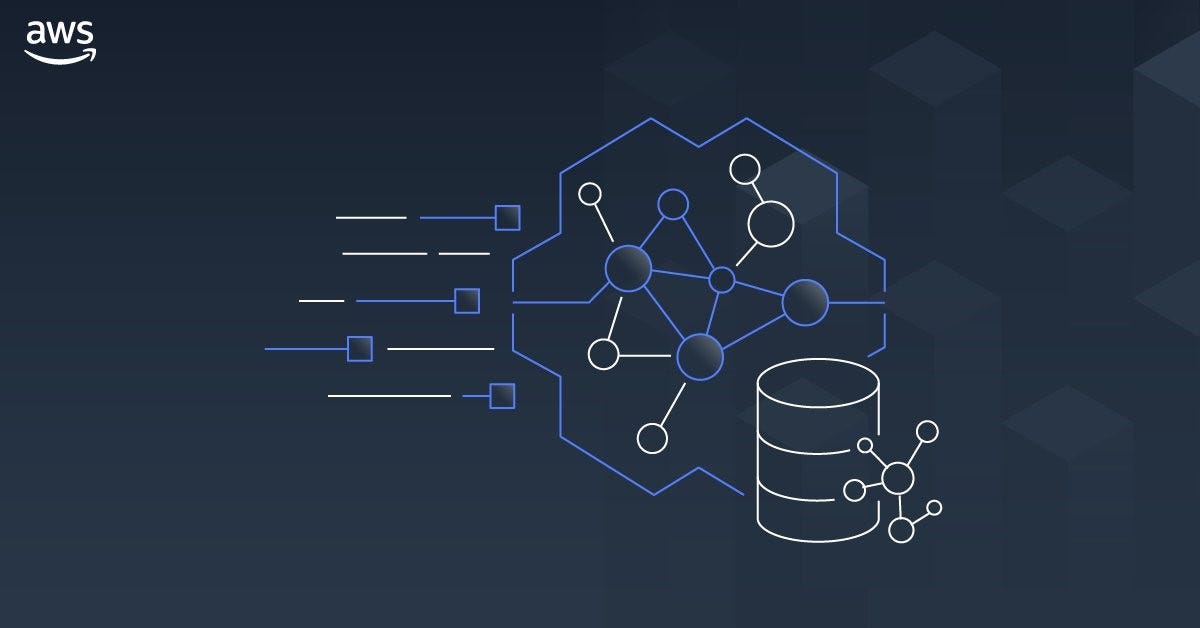
Written by
George Anadiotis, Contributing Writer

George Anadiotis
Contributing Writer
George’s got tech, data, and media, and he’s not afraid to use them. Coming from an IT background, he’s had the chance to learn to play many instruments on the way to becoming a one man band and an orchestrator: being a Gigaom analyst, serving Fortune 500, startups and NGOs as a consultant, building and managing projects, products and teams of all sizes and shapes, and getting involved in award-winning research among others.
Full Bio
Posted in Big on Data
on December 21, 2021
| Topic: Innovation

AI has many manifestations, ranging from hardware to applications in domains such as healthcare, and from futuristic models to ethics
metamorworks — Shutterstock
In the spirit of the last couple of years, we review developments in what we have identified as the key technology drivers for the 2020s in the world of databases, data management and AI. We are looking back at 2021, trying to identify patterns that will shape 2022.
Today we pick up from where we started with part one of our review, to cover AI and knowledge graphs.
The many faces of AI: Hardware, the edge, MLOps, language models, future architectures and ethics
We have been avid proponents of graphs of all shapes and sizes — knowledge graphs, graph databases, graph analytics, data science and AI — for a long time. So it is with mixed feeling that we report from this front. On the one hand, we have not seen much innovation, except perhaps in one area — graph neural networks. DeepMind’s Neural Algorithmic Reasoning leverages GNNs, too.
On the other hand, that’s not necessarily a bad thing, for two reasons. First, there is a major uptake of the technology in the mainstream. By 2025, graph technologies will be used in 80% of data and analytics innovations, up from 10% in 2021, facilitating rapid decision making, Gartner predicts. Reporting on use cases from the likes of BMW, IKEA, Siemens Energy, Wells Fargo, and UBS is no longer news, and that’s a good thing. Yes, there are challenges associated with building and maintaining knowledge graphs, but these challenges are, for the most part, well-understood.
As we have noted, knowledge graphs are practically a 20-year old technology whose time in the limelight seems to have come. The ways to build knowledge graphs are well-known, as well as the challenges that lie therein. It’s no coincidence that some of the most in-demand skills and areas for development in knowledge graphs are around using Natural Language Processing and visual interfaces to build and maintain knowledge graphs, as well as ways to expand from single-user to multi-user scenarios.
And to tie this conversation to the broader picture of AI where it belongs, common challenges seem to be around operationalization and building the right expertise in teams, as those skills are in very high demand. Another important touchpoint is the hybrid AI direction, which is about infusing knowledge in machine learning. Leaders such as Intel’s Gadi Singer, LinkedIn’s Mike Dillinger and Hybrid Intelligence Centre’s Frank van Harmelen all point towards the importance of knowledge organization in the form of knowledge graphs for the future of AI.

Knowledge Graphs, Graph Databases and Graph AI are all converging
AWS
There is also another important touchpoint between the broader picture in AI and knowledge graphs: data meshes and data fabrics. You’d be excused for mixing up those 2 and the plethora of data-related terms flying around these days. Simplistically, let’s just say that a data fabric is meant to serve as the technical substrate for the data mesh notion of decentralized data management in organizations. That is actually a very good match for knowledge graph technology, and a few vendors in that space have identified that and positioned themselves accordingly. Even Informatica seems to have noticed.
And what about the substrate for building knowledge graphs, namely graph databases? The word that seems to characterize 2021 for graph databases would be “go to market”. It’s been a good year for graph databases. A graph database — Neo4j — made the Top 20 in DB Engines for the 1st time. Neo4j also announced the general availability of its Aura managed cloud service and raised a $325 million Series F funding round, the biggest in database history, bringing its valuation to over $2 billion.
The graph database space saw a series of funding rounds and an upcoming IPO. TigerGraph scored $105M Series C, Katana Graph $28.5M Series A, Memgraph $9.34M seed funding and TerminusDB €3.6M. In the meantime, Bitnine, makers of Agens Graph, started working on its IPO — the first in the market.
On the technical front, GraphQL is still growing in adoption, either as part of a broader ecosystem or as the central component in a data architecture. The bridging of the two graph database worlds in terms of models, RDF and LPG, is still a work in progress, but one that has seen some interesting developments in 2021.
We don’t expect the world’s honeymoon with graphs and graph databases to last forever, and after the hype, disillusionment will inevitably follow at some point. But we are confident that this technology is foundational and will find it its place despite hiccups.
Artificial Intelligence
Remote-working job surveillance is on the rise. The impact could be devastating
Pirate-hunting drone monitors crime on the high seas
Seven ways to make the wider enterprise comfortable with AI
What is AI? Everything you need to know about Artificial Intelligence
Big Data Analytics
|
CXO
|
Digital Transformation
|
Tech Industry
|
Smart Cities
|
Cloud